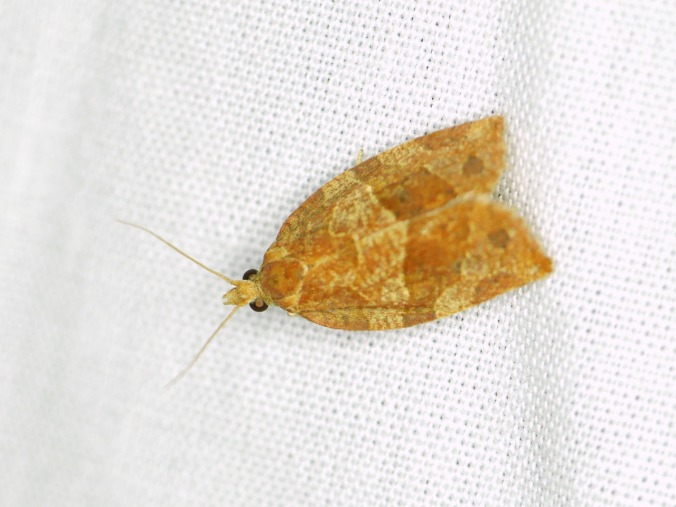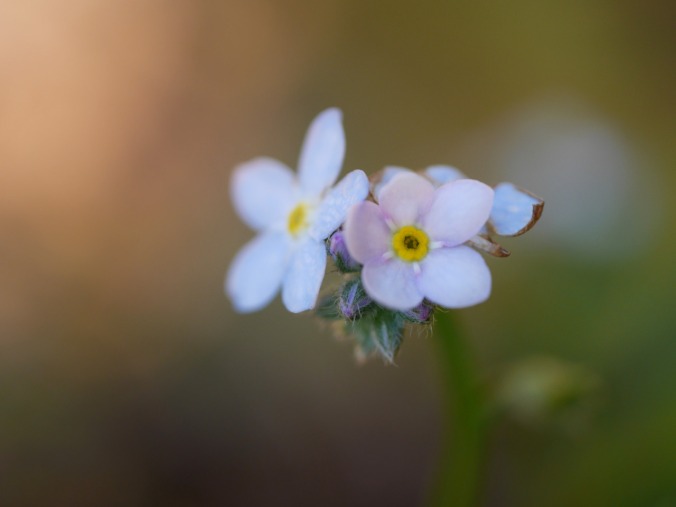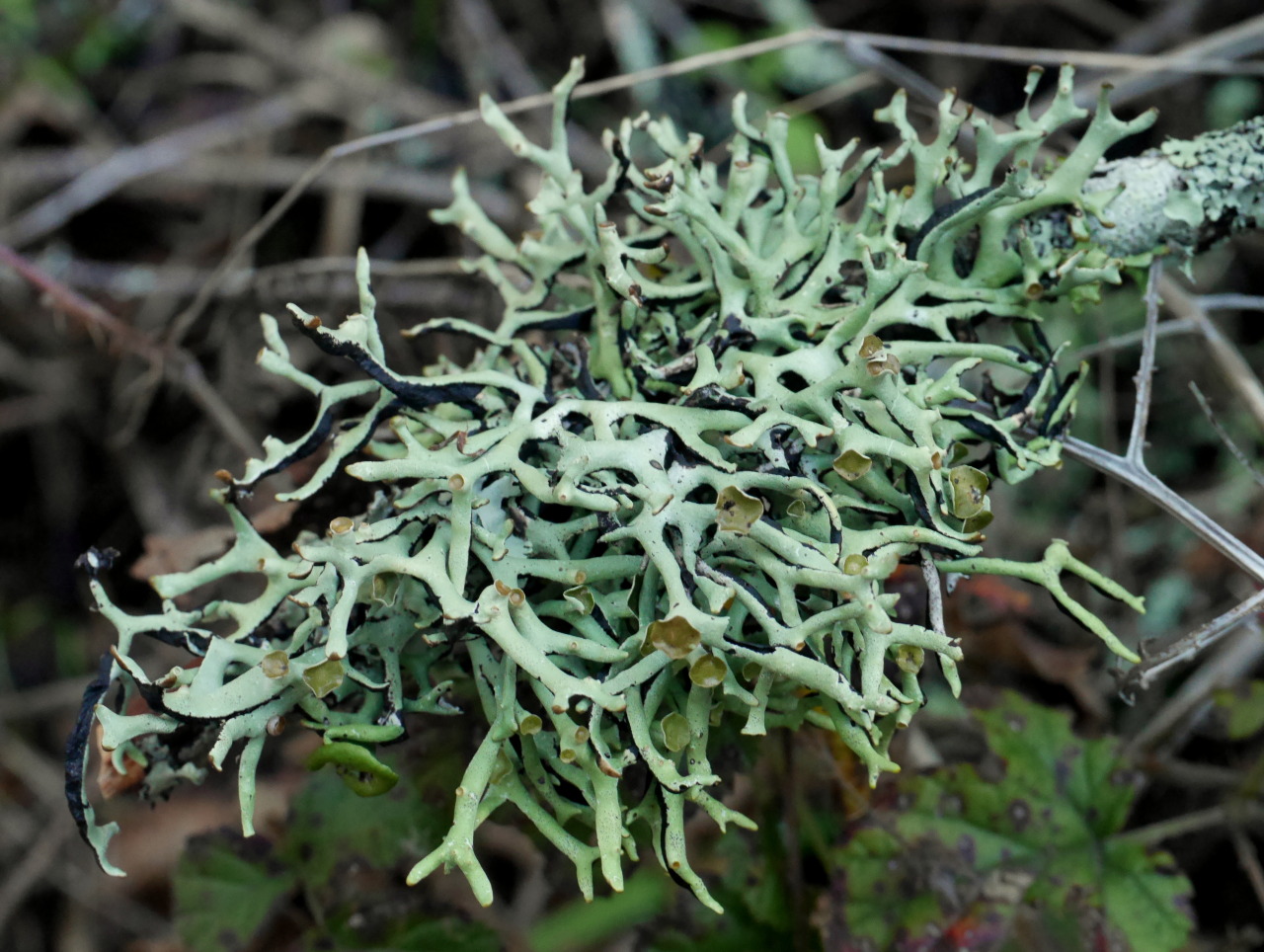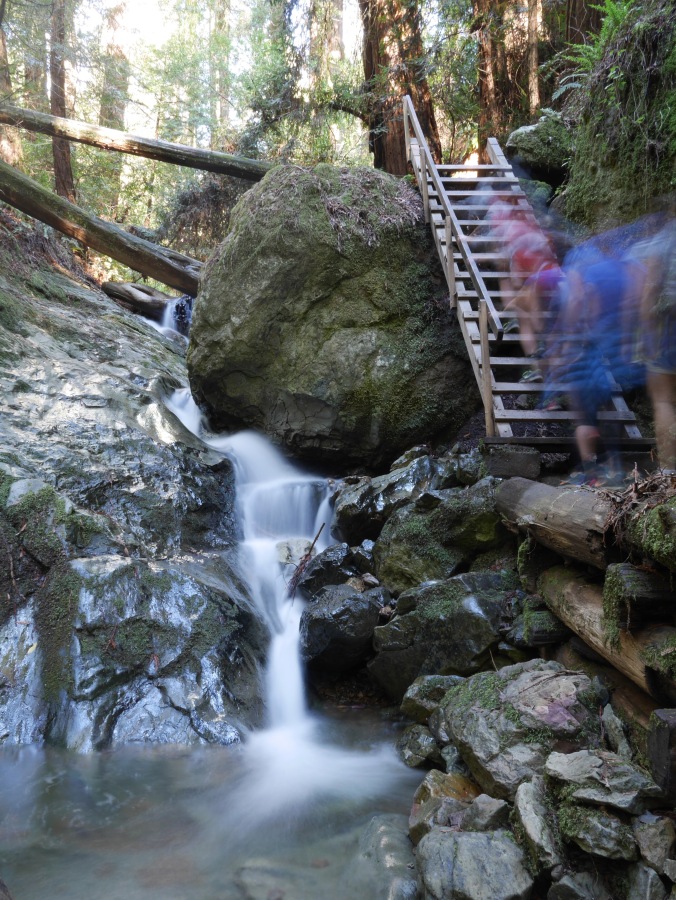
Western Meadowlark (Sturnella neglecta) Icteridae
April 2, 2016
Ninepipe National Wildlife Refuge, MT
Robert Niese
The Western Meadowlark performs a lovely metallic flute-like song throughout the spring and summer. Its Eastern counterpart, on the other hand, has a much flatter, whistled song. Easter and Western Meadowlarks are so similar in appearance that until quite recently they were considered the same species. Since the Eastern species was discovered and named first, the Western, when it finally gained full species distinction, became known as the “neglected” meadowlark (Sturnella neglecta). This species is one of the 37 (including subspecies) named by John James Audubon throughout his career as one of America’s first ornithologists.













